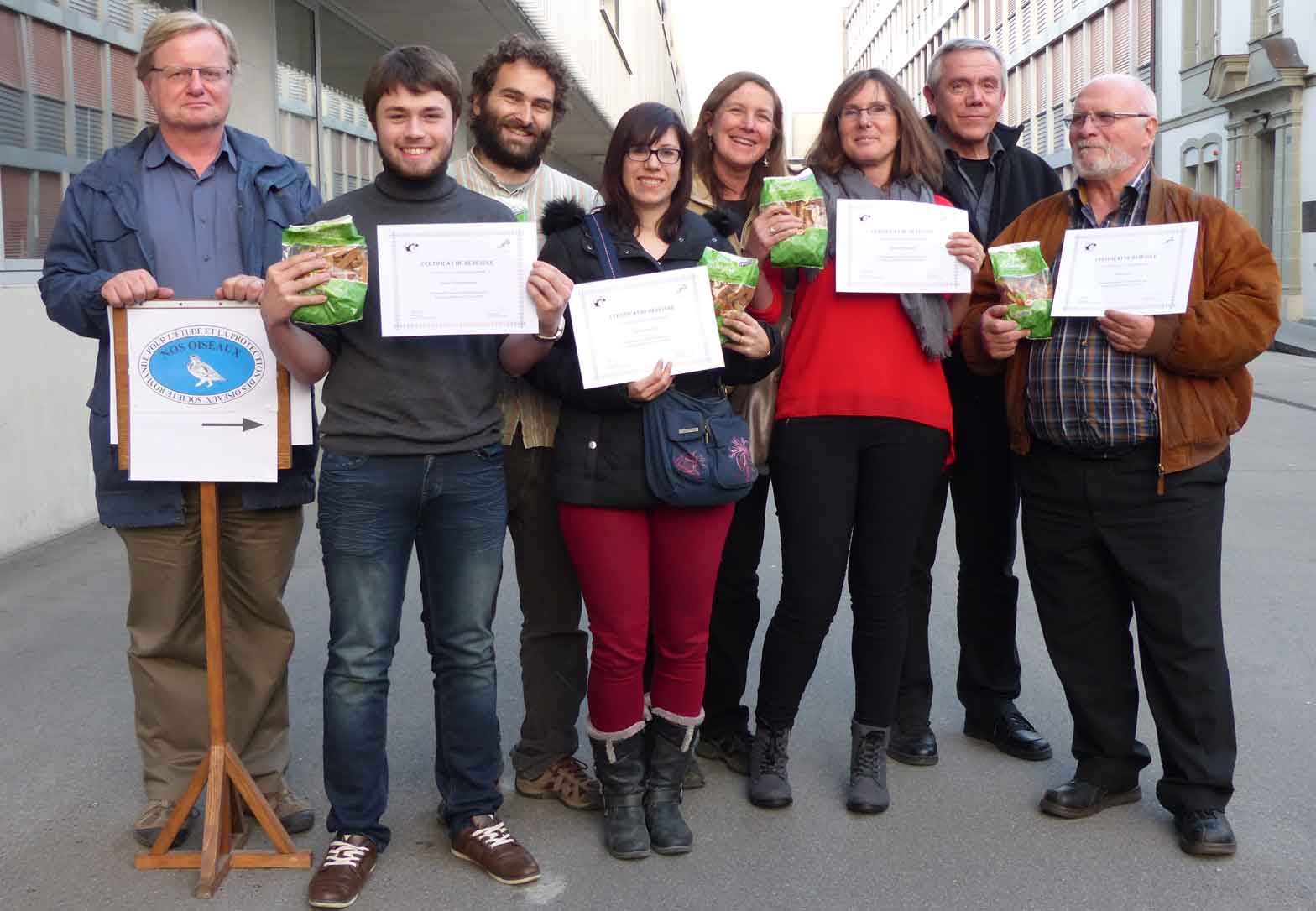 We could never have done this project without the enormous amount of time and effort that have been provided by a large number of volunteers. We held a little ceremony at the General Assembly of Nos Oiseaux on March 19th in recognition for every volunteer that spent two weeks taking care of our birds on-site at the Bellechasse prison last summer. They all received a certificate thanking them for their personal engagement, as well as a little “low calorie” gift of… hazelnut biscuits. To remind them of how many packets were eaten during the memorable hours spent watching over the birds during the summer of 2015. Once again our thanks to all who have contributed to the project. Note too that it is still not too late to sign up to volunteer for the project for two weeks during the summer of 2016. We look forward to hearing from you on info@balbuzards.ch!
We could never have done this project without the enormous amount of time and effort that have been provided by a large number of volunteers. We held a little ceremony at the General Assembly of Nos Oiseaux on March 19th in recognition for every volunteer that spent two weeks taking care of our birds on-site at the Bellechasse prison last summer. They all received a certificate thanking them for their personal engagement, as well as a little “low calorie” gift of… hazelnut biscuits. To remind them of how many packets were eaten during the memorable hours spent watching over the birds during the summer of 2015. Once again our thanks to all who have contributed to the project. Note too that it is still not too late to sign up to volunteer for the project for two weeks during the summer of 2016. We look forward to hearing from you on info@balbuzards.ch!
(photo from left to right : Denis Landenbergue, Erwan Zimmermann, Emanuel Carino, Karine Vincent, Wendy Strahm, Christelle Mugny, Michel Beaud and Emile Curty. Missing are Gilbert Bavaud, Andreia Dias, Astrance Fenestraz-Chervet and Jean-Michel Progin).

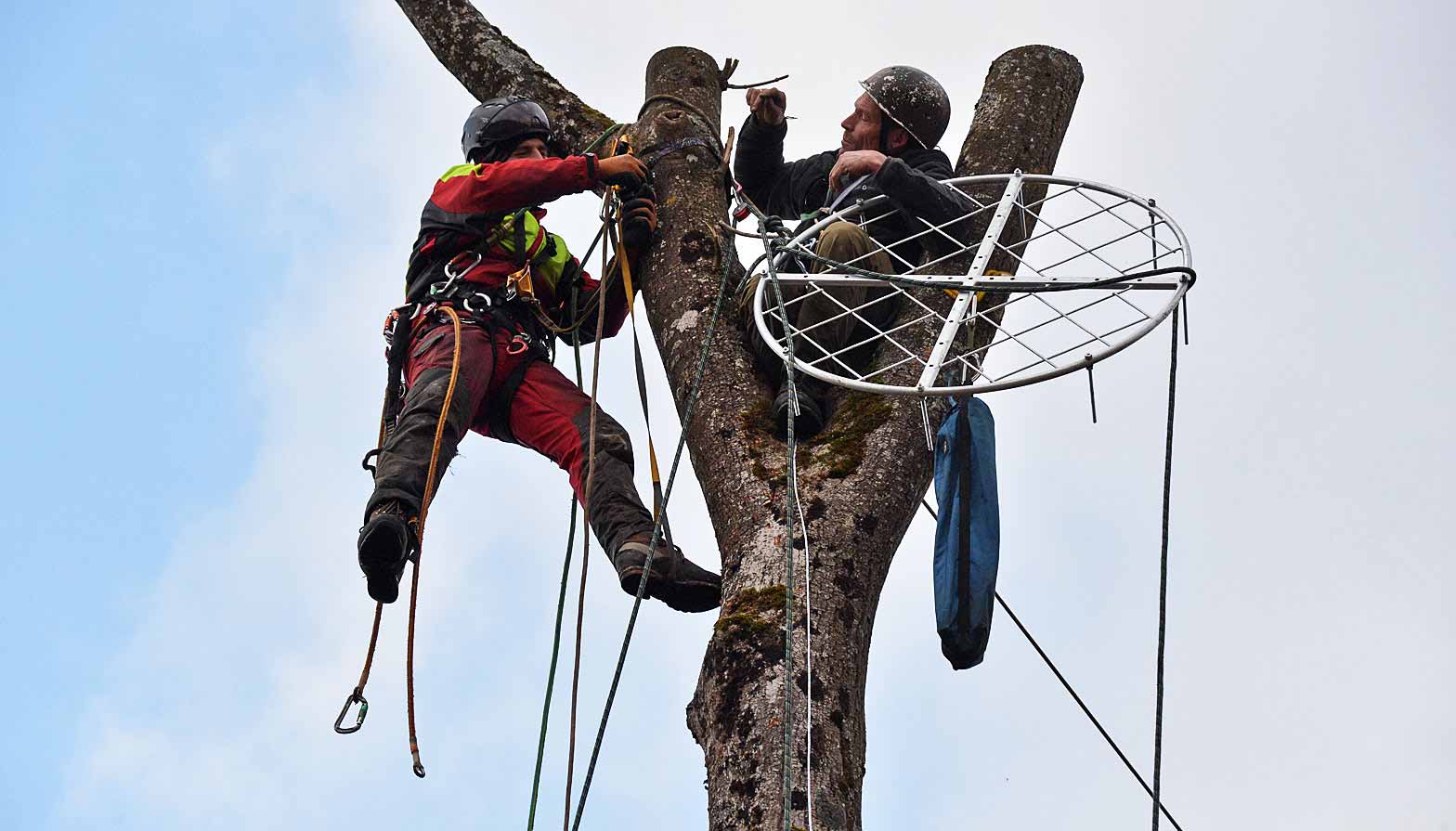 Ospreys tend to be a little lazy, as they prefer moving into existing nests rather than building their own from scratch. This is why building nest platforms (see our first two built on
Ospreys tend to be a little lazy, as they prefer moving into existing nests rather than building their own from scratch. This is why building nest platforms (see our first two built on 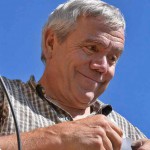
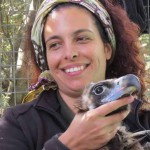
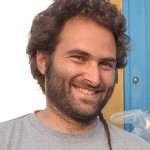

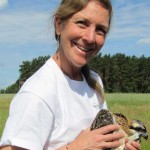
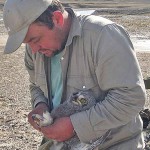
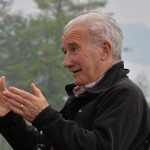
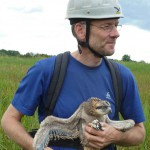

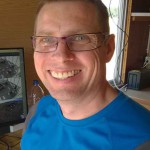

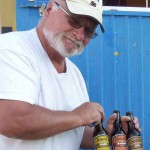

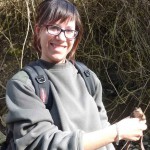
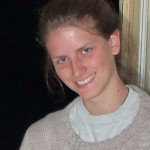


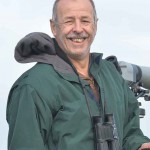
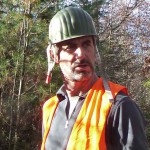
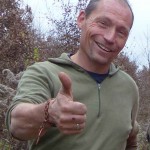

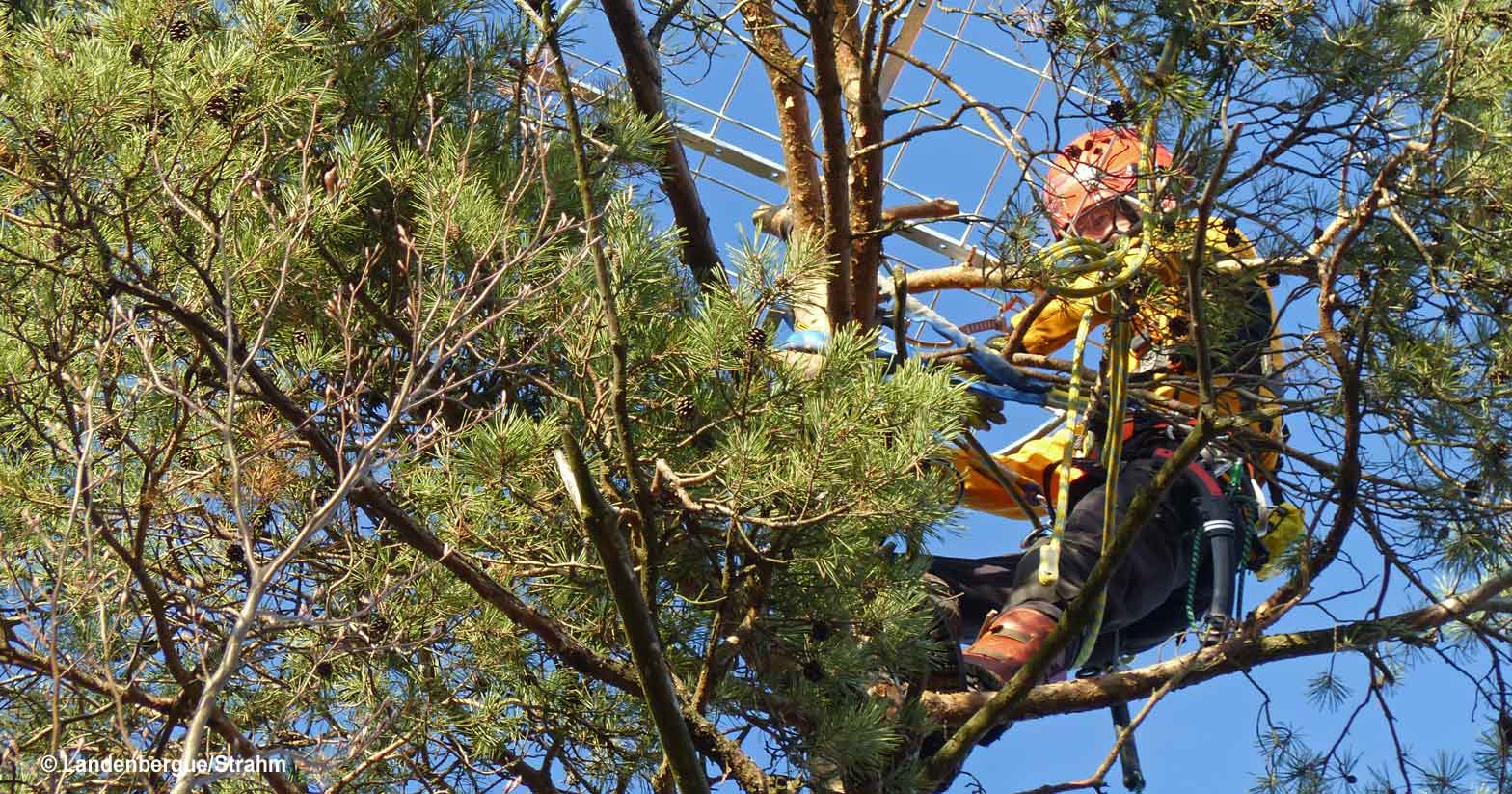
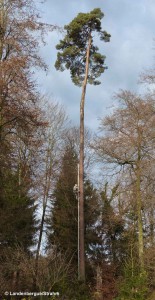
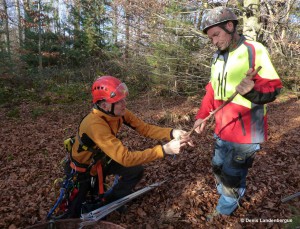
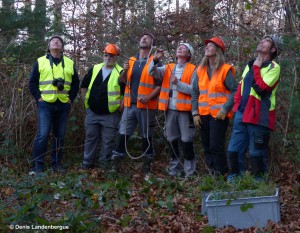
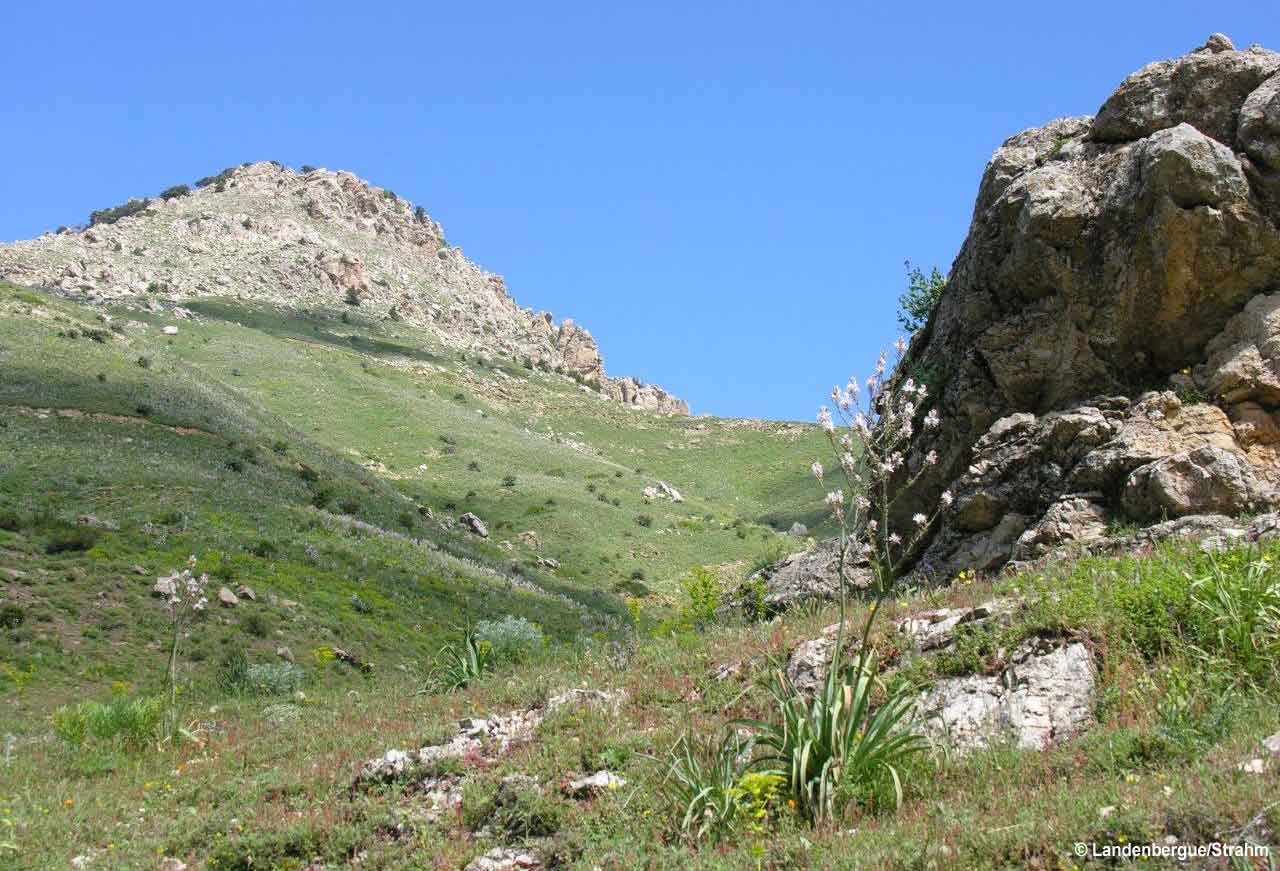

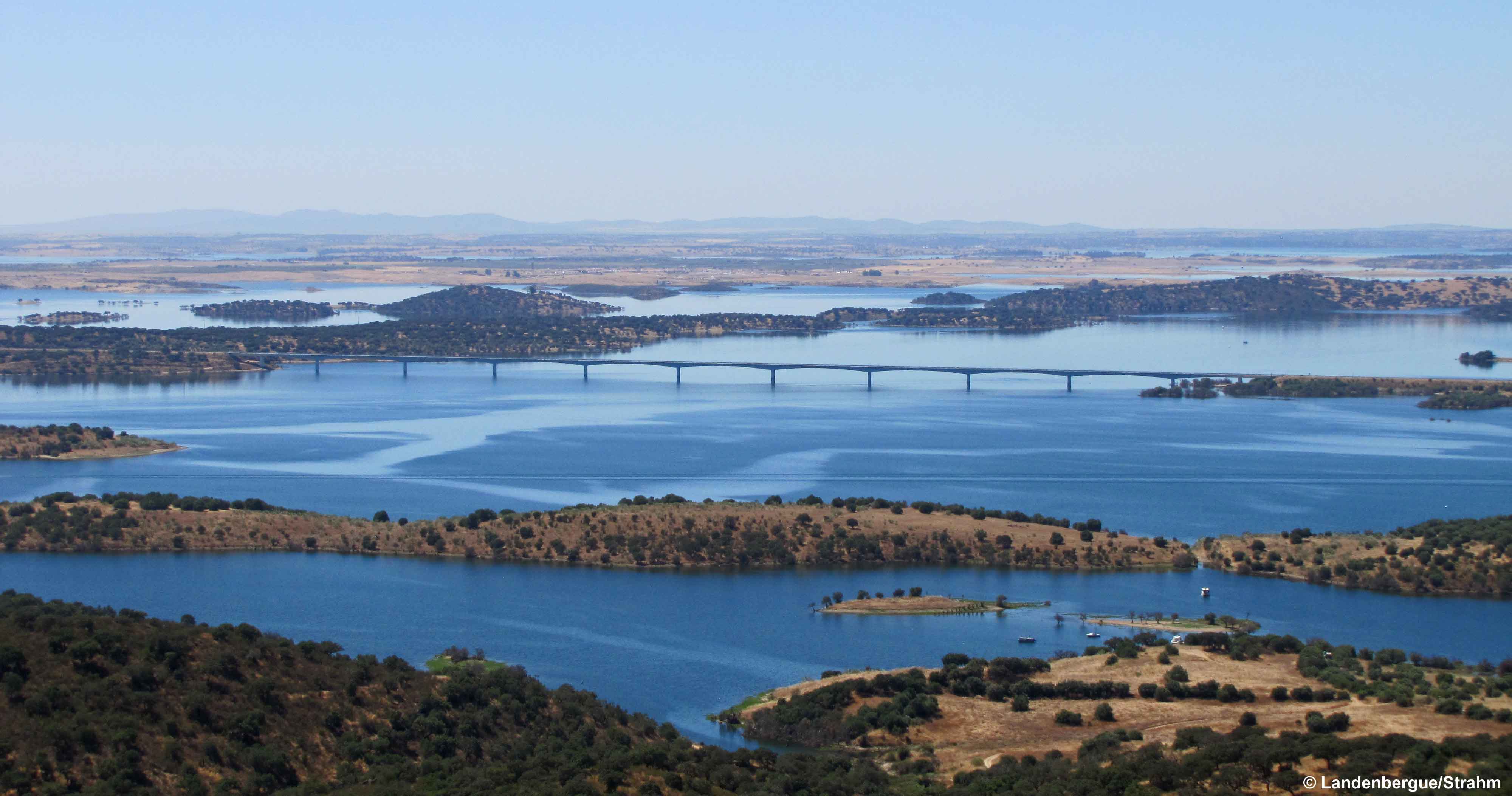
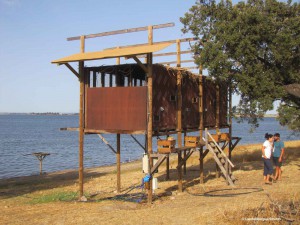
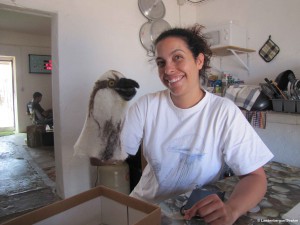
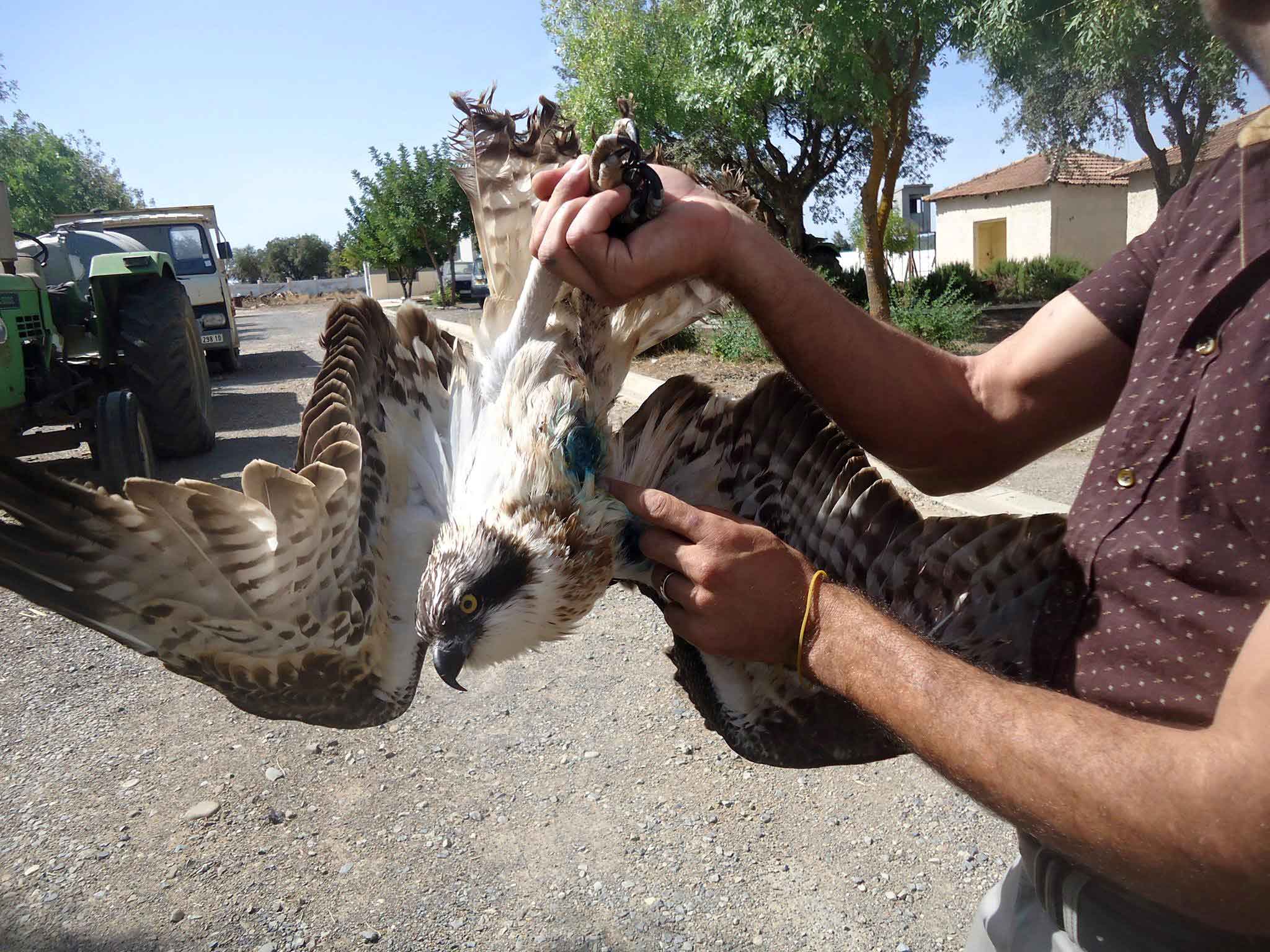 We recently received some shocking news from Algeria concerning one of our young ospreys called PP5 (nicknamed “Chernobyl” due to the markings on the back of his head which resemble a radiation symbol). This male had been found shot by a poacher in the region of the Djurdjura National Park, about 100 km east of the capital city Algiers.
We recently received some shocking news from Algeria concerning one of our young ospreys called PP5 (nicknamed “Chernobyl” due to the markings on the back of his head which resemble a radiation symbol). This male had been found shot by a poacher in the region of the Djurdjura National Park, about 100 km east of the capital city Algiers.
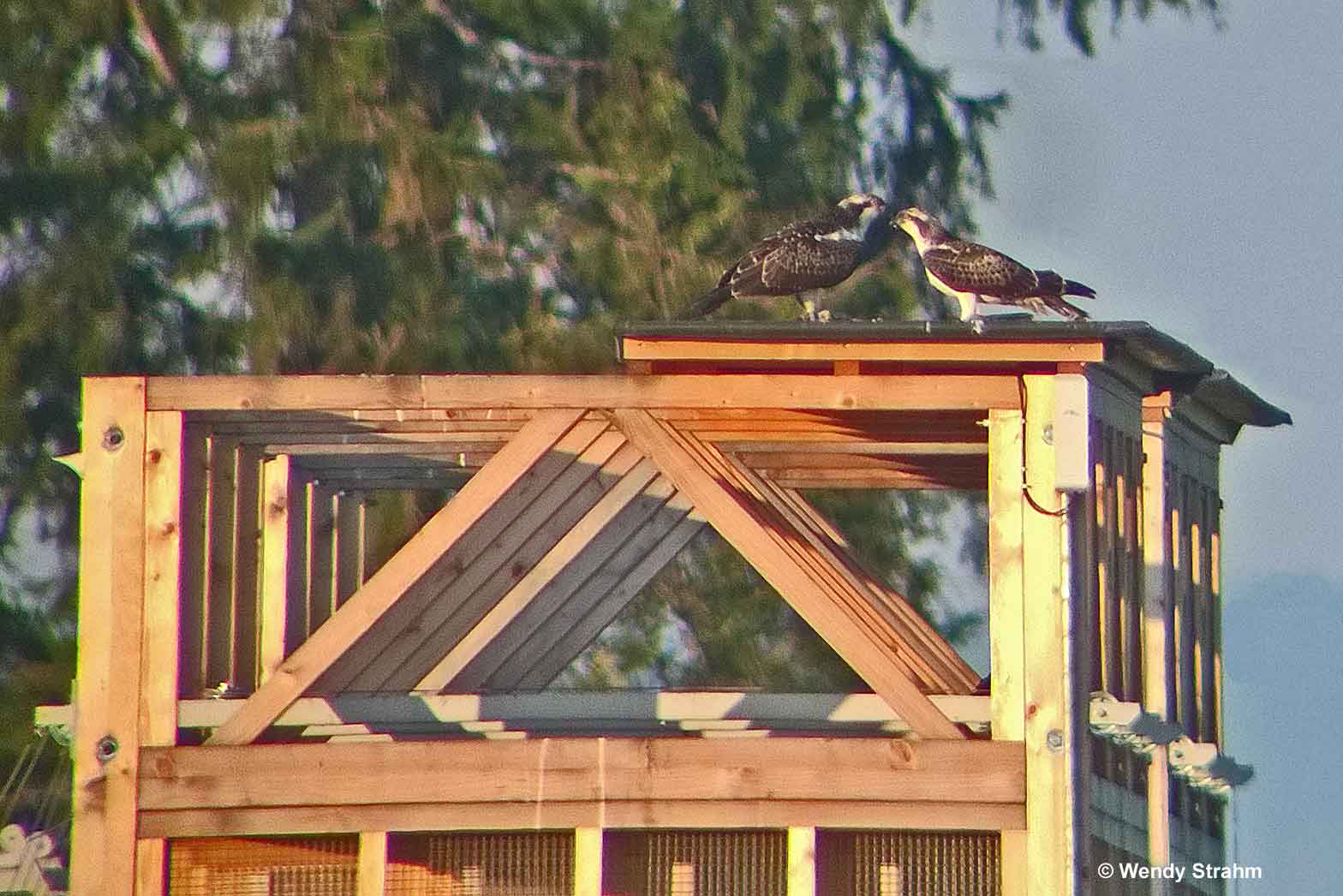 On September 19, our last two young Ospreys of the 2015 reintroduction season left for Africa. The project team were watching PP1 and PP4 (named after the code on their colour ring) when the female suddenly spiralled high into the sky before heading south. A few hours later PP4 did the same. The photo above shows the difference in size between PP1, the female (to the left), and PP4, the male, on top of their release aviary. Since September 19 we waited several days to be absolutely sure that they had really left. It is common that young ospreys first make a “false departure”, which might last up to 2 or 3 days, before returning to the reintroduction site for more food before they finally decide to set off. Now that we are sure that PP1 and PP4 have really left we wish them a safe journey, hoping that they will avoid the numerous risks that all Ospreys face from the moment they are born.
On September 19, our last two young Ospreys of the 2015 reintroduction season left for Africa. The project team were watching PP1 and PP4 (named after the code on their colour ring) when the female suddenly spiralled high into the sky before heading south. A few hours later PP4 did the same. The photo above shows the difference in size between PP1, the female (to the left), and PP4, the male, on top of their release aviary. Since September 19 we waited several days to be absolutely sure that they had really left. It is common that young ospreys first make a “false departure”, which might last up to 2 or 3 days, before returning to the reintroduction site for more food before they finally decide to set off. Now that we are sure that PP1 and PP4 have really left we wish them a safe journey, hoping that they will avoid the numerous risks that all Ospreys face from the moment they are born.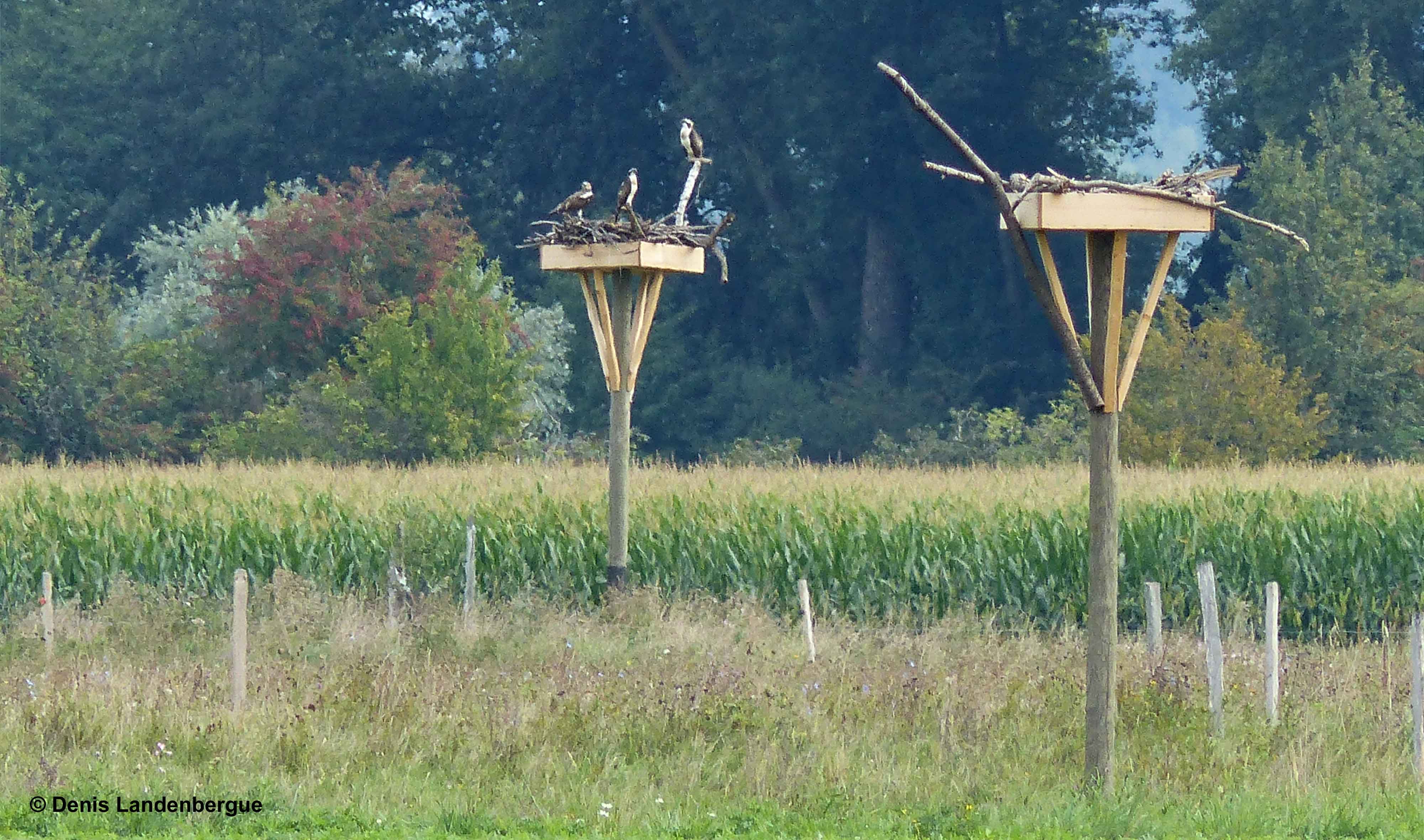 The photo above was taken shortly before PP5 (bird to the left) departed on migration on September 11. We built two nests in front of the aviaries so that the young Ospreys could get used to seeing them. We were delighted when they started to perch on the nests.
The photo above was taken shortly before PP5 (bird to the left) departed on migration on September 11. We built two nests in front of the aviaries so that the young Ospreys could get used to seeing them. We were delighted when they started to perch on the nests.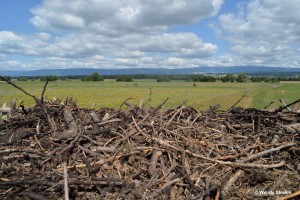
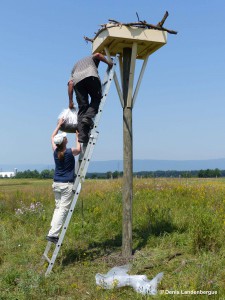
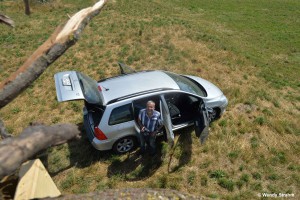
 On August 8 and 11 we released our six Ospreys that had been cared for around the clock inside the specially built aviaries. Some, like PP6, took an hour to realise they were free before making their first flight, while others were content to sit inside the aviary for almost the entire day before taking the big step, or should we say jump. For example, we had begun to think that PP4 would never leave until at 18:30 he suddenly made a perfect take-off, spiralling high in the sky before making a fine landing on top of the aviary. It was as if he had been considering his first flight for the entire day and was determined to make a good job of it. The birds are now being fed twice a day, with fish being put out for them once before dawn, and then once in the afternoon. They are very susceptible to disturbance so the project team is watching them non-stop. It is very important that they are not frightened by anything and that they remain in the release area. Three dead trees were “planted” in front of the aviary and above is a unique photo when we had five young altogether, perched on two of the dead trees.
On August 8 and 11 we released our six Ospreys that had been cared for around the clock inside the specially built aviaries. Some, like PP6, took an hour to realise they were free before making their first flight, while others were content to sit inside the aviary for almost the entire day before taking the big step, or should we say jump. For example, we had begun to think that PP4 would never leave until at 18:30 he suddenly made a perfect take-off, spiralling high in the sky before making a fine landing on top of the aviary. It was as if he had been considering his first flight for the entire day and was determined to make a good job of it. The birds are now being fed twice a day, with fish being put out for them once before dawn, and then once in the afternoon. They are very susceptible to disturbance so the project team is watching them non-stop. It is very important that they are not frightened by anything and that they remain in the release area. Three dead trees were “planted” in front of the aviary and above is a unique photo when we had five young altogether, perched on two of the dead trees.